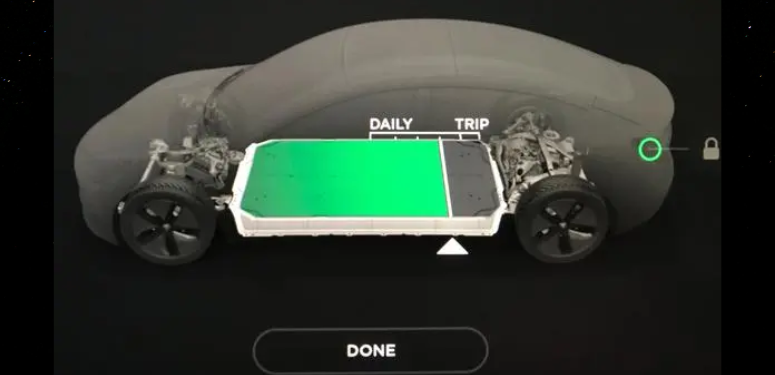Calgary, Alberta – When it comes to the continued electrification of the automotive industry, it’s time for technician training to catch up.
That’s what Cecile Bukmeier–chair of the Northern Alberta Institute of Technology’s autobody program–had to say in her presentation on how automotive training needs to adapt to keep up with the rate of technological change.
During her presentation, Bukmeier noted that “whether we like it or not [electrification] is coming, or it’s already here.” She further noted that “manufacturers don’t wait for the industry to catch up,” and so it is the role of the industry and educators to ensure that technicians are ready.
Technicians are “not just panel beaters and painters anymore,” because the electrification of the automotive industry requires workers and students to build on a diverse set of specialized skills.
On this note, Bukmeier did reassure that “most practices for [the] service and repair of high-voltage systems [already] align well with the automotive service trade” and that many of the structures of an EV are not different from an ICE vehicle.
The difficulty comes in what Bukmeier described as an increasing “overlap” in the industry as vehicles become more sophisticated and technicians are required to service a variety of new fields.
The solution? For Bukmeier, it is a “need to understand the risk of something going wrong or the fear of having something going wrong,” and combatting this potential panic with education.
Here, Bukmeier reminded that the industry plays a large role in dictating the training of its technicians.
“[Automotive educators] are only responsible for 20 percent of a student’s training,” she said. With most learning acquired by the industry, it is thus the industry’s responsibility to speak up on curriculums when able.
“Currently, the red seal service for technicians only dedicates 12 percent of the major work activities tax matrix to mechanical, electrical and alternative fuel systems,” Bukmeier noted.
She further stated that other ways to properly prepare students for an electrified future, include training technicians on diagnostic procedures, troubleshooting and safety precautions–especially for EV batteries.
While Bukmeier stated that most EV batteries won’t be compromised that often in collisions, and technicians will not be expected to repair the batteries themselves, being able to detect when a battery has entered “the state of the unknown,” will help expedite repair procedures and ensure continued safety. For instance, for Bukmeier, inspecting a battery should be mandatory and these procedures should begin before a vehicle is even brought into a repair shop.
With manufacturers setting tech standards, it is important for technicians to have access to OEM manuals and access to collision repair programs that help connect OEM information to repair shops. This is especially important for Bukmeier given that EV start-ups are often not up-to-date on traditional repair standards, she said.
Bukmeier finished her presentation with the outline that a qualified EV technician is someone who understands the risks involved, has the correct PPE, has done their research and understands the codes related to high-voltage systems.
“Vehicles are complex and it takes time to build up knowledge,” and so “the industry needs to accept that a journey person status marks the start of a career” in the industry.
In this way, while there may still be a ways to go to further deal with what Bukmeier sees as the “fissures” between all parts of the automotive industry, when it comes to training, the message for Bukmeier is clear:
The “only way to be efficient, is to be knowledgeable.”
Watch Bukmeier’s full presentation below:

The post “Not Just Panel Beaters Anymore”: Cecile Buckmeier talks shifting trends in technician training at the EV Repair Tour Calgary appeared first on Collision Repair Magazine.































